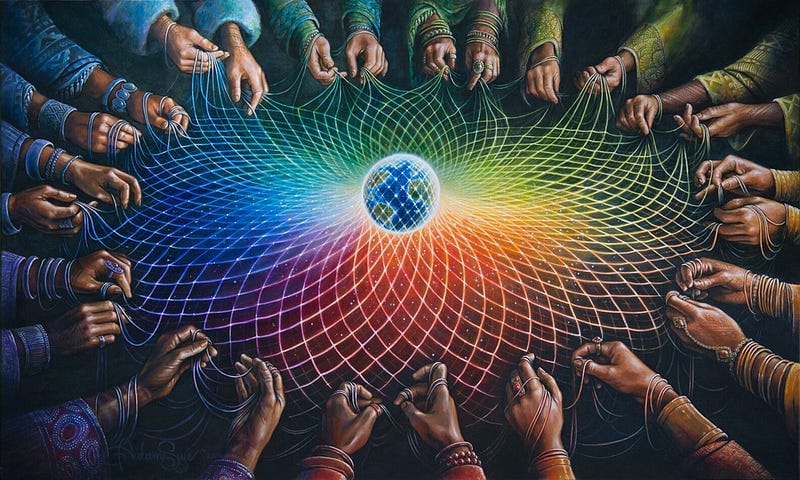What Is Before Spring? Dōgen and Being-time
There Is No Moment Of Transition For Events To Happen In. There Is Only This Present Now, And Nothing Else

There Is No Moment Of Transition For Events To Happen In. There Is Only This Present Now, And Nothing Else
